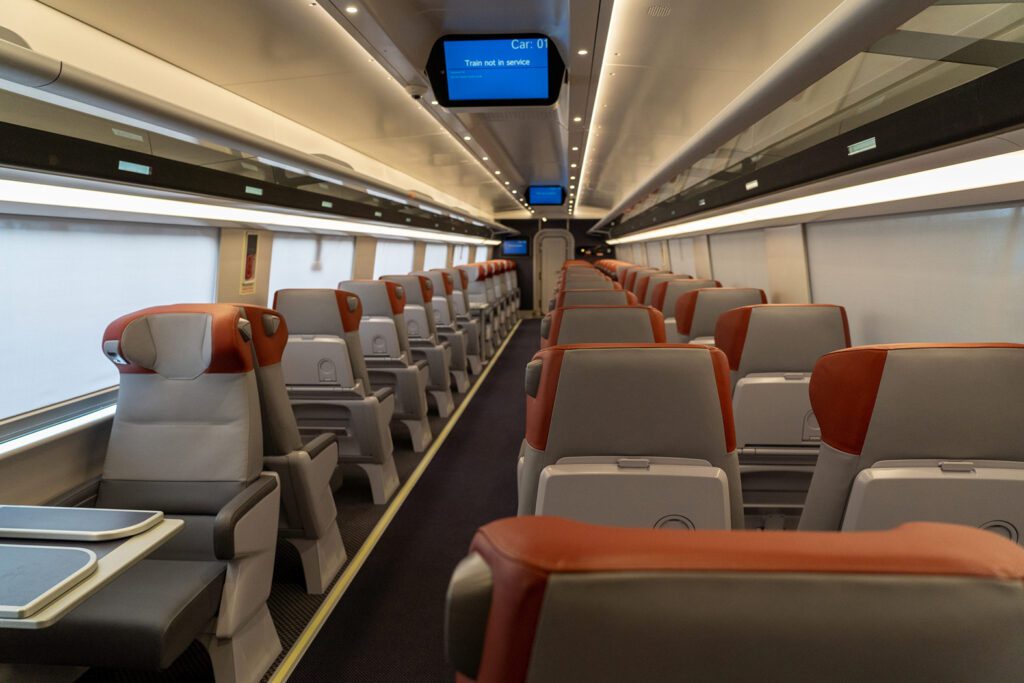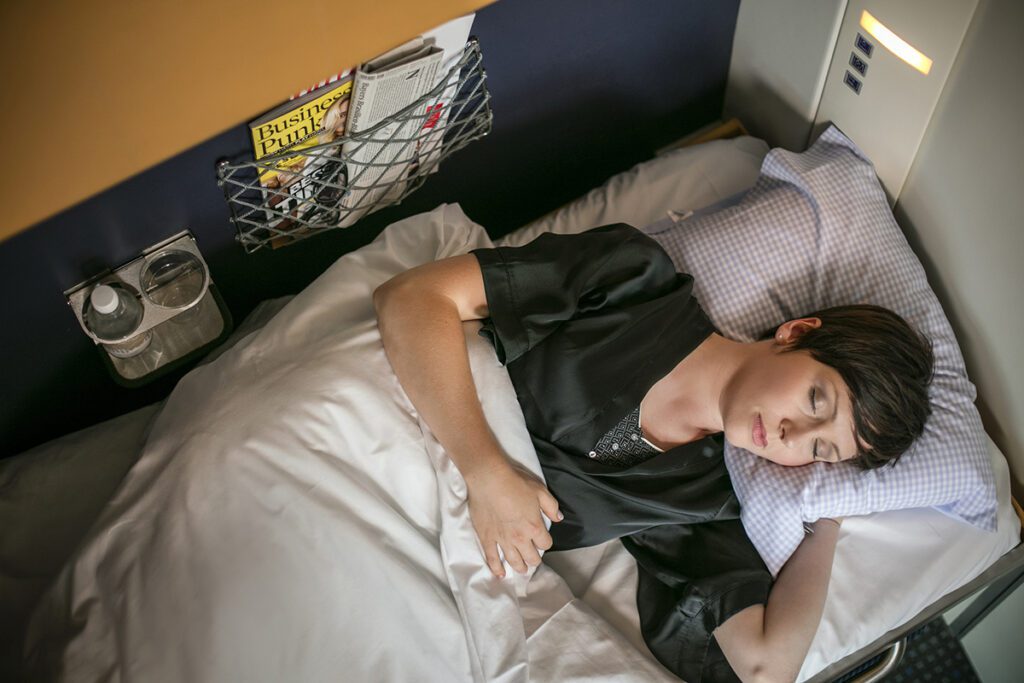It’s been a busy first year for Rail Online, Oceania’s fastest growing rail specialist. Here we speak to CEO JAMES DUNNE, who reveals that the company is already planning further expansion.
Q: You recently celebrated Rail Online’s first birthday. How have the first 12 months been and how is the company looking into 2023?
A: It’s been an extraordinary 12 months. Not only have agents embraced our booking platform which allows them to book and self-manage AUD-priced rail products but we’ve also attracted support from new investors.
That has helped fast-track the expansion of our product range, most recently through the addition of Amtrak, Eurostar and TGV.
The result is that in less than a year we became the only operator in our region to offer European and North American rail services on a single booking platform.
The next 12 months will be just as exciting, with new rail products set to be added over the next few months, just in time for an expected a surge in bookings for travel during the northern hemisphere summer.
Q: A trusted source tells me you’ve got big plans for both the UK and American markets. Can you reveal all?
A: We have already established an office in the UK in preparation for the launch in the next few months of the Rail Online booking App, which will cater to the country’s £10 billion domestic rail travel sector.
In addition, we are seeing solid bookings out of the North American market and as a result we intend to fast-track the launch of a U.S. operation in the second half of 2023.

Rail Online, Oceania
CEO JAMES DUNNE

Q: Are there any particular travel trends you’re seeing develop this year?
A: Last year Australian rail travellers in Europe and the U.S. were more likely to travel to off-the-beaten track destinations for reunions with friends and relatives.
Bookings for 2023 show a clear return to traditionally popular bucket list’ destinations.
In terms of specific routes, in North America the traditionally popular New York-Washington-Boston route is performing strongly and in Europe the Eurostar London-Amsterdam service is fast emerging as one of the most popular sectors.
In addition, a variety of city pairs in France (such as Paris-Nice) are benefiting from the Rugby World Cup, which takes place this September/October.
Interestingly, we are also seeing Australians embrace new services, such as the UK’s Lumo, a low-cost, high-speed rail operator launched in October 2021, offering services between London and Edinburgh.
Q: Why are Aussie travellers embracing rail travel like never before?
A: Australian travellers have for many years been aware of the convenience and cost savings rail journeys offer, but there are other factors now at play.
For a start, new products are being introduced on both sides of the Atlantic and in Europe travellers are benefitting from the removal of barriers that previously prevented competition on key domestic routes.
As a result, Trenitalia, for instance, is now operating a high-speed service between Milan and Paris, competing directly with France’s national state-owned railway company.
This year, Spain’s state-owned rail network Renfe is due to extend its high-speed AVE services into France. And next year France and Germany are expected to launch a new TGV service between Paris and Berlin.
There is another significant reason people everywhere are embracing rail: it’s an environmentally friendly way to travel.
Q: So how does rail travel stack up environmentally?
A: Rail travel generates just a fraction of the carbon emissions of air travel a fact that has not escaped the attention of European leaders, most notably the French government, which recently made headlines by banning flights on journeys that can be completed in less than 90 minutes on a train.
But it goes well beyond France. In order to achieve its ambitious climate targets, the EU, for instance, has announced plans to double high-speed rail use by 2030.
Already many major rail initiatives have been selected for EU grants totalling in excess of EUR5.4 billion.
One project will see the Czech Republic introduce new 350 km/h rail lines between Prague and cities across Austria, Slovakia, Poland and Germany.
Another will create an undersea link between Denmark and Germany, reducing an hour-long ferry voyage to a seven-minute high-speed rail journey.
Q: Of course, we’re all looking for value for money. Does rail travel deliver?
A: Rail has always been a cost-effective way to travel, but this year the value proposition has increased even more.
That’s because prices for many of the most popular rail passes have generally remained steady or even fallen, while at the same time Australians are incorporating more rail journeys in their European holidays.
Q: Is it true that some rail operators are giving airlines a run for their money in terms of the luxury services they offer?
A: Absolutely. High-speed operators, particularly in Europe, are keen to ensure their customer experiences match or even surpass those offered by the airlines.
Trenitalia’s Frecciarossa high-speed trains include a single-carriage Executive Class, styled by Italian design firm Pininfarina and featuring 10 reclinable seats, all offering window views and 180° rotation. Prior to boarding, Executive passengers can also relax in an exclusive lounge.
Operators such as Austria’s ÖBB and Belgian-Dutch cooperative European Sleeper are also unveiling luxury sleeper services featuring private cabins with showers and toilets. Even Eurostar offers Business Premier lounges in London, Paris and Brussels.
Q: Finally, where are some of the places you’re hoping to visit in 2023?
A: Not surprisingly, I’m going to be spending a lot of time this year in Europe specifically the UK, Germany and Spain as well as the U.S. and Canada!








